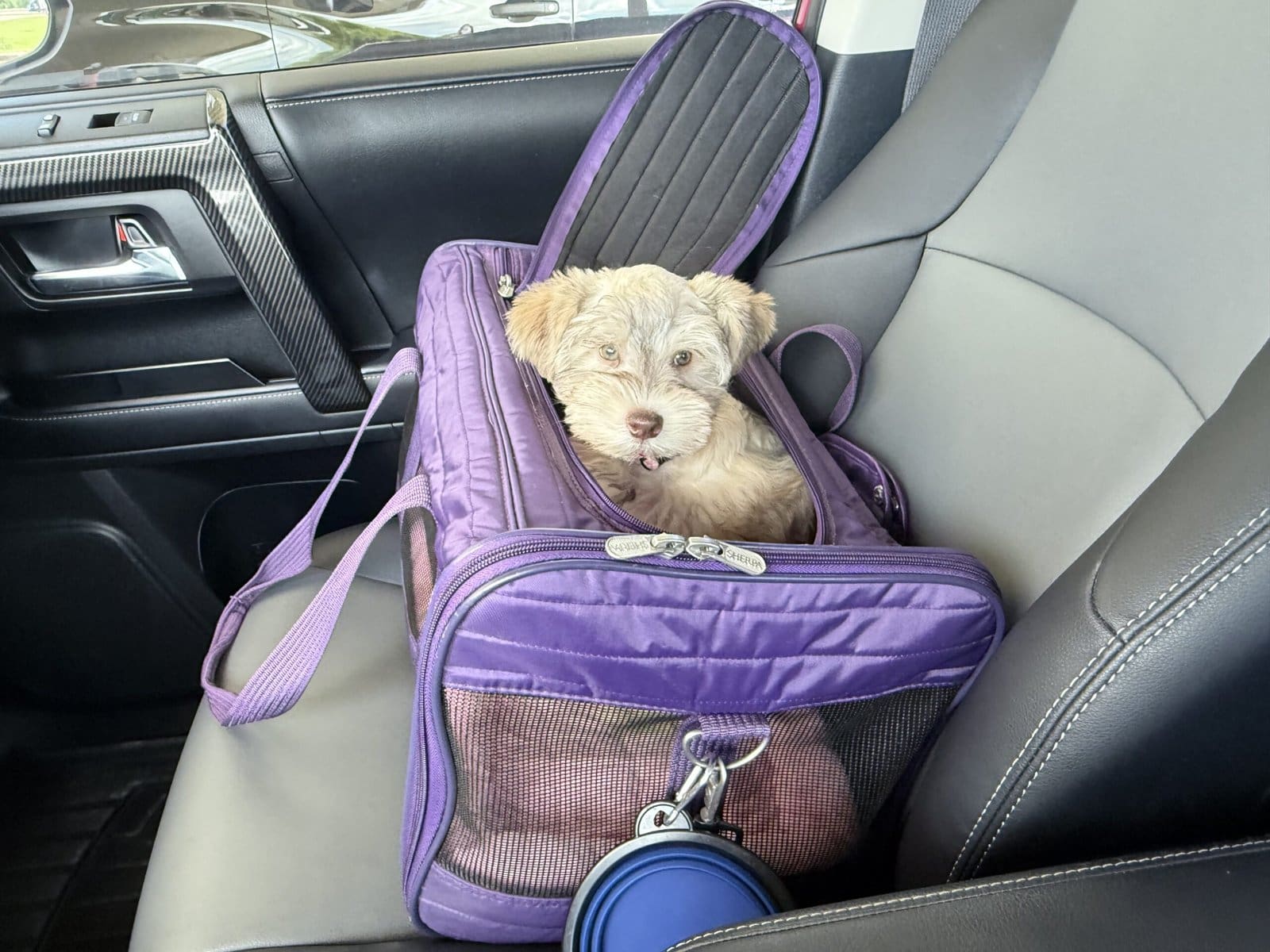Crate training offers several advantages for both Schnauzers and their owners:
Training your miniature schnauzer puppy is the key to success.
Now, let’s go step by step on how to crate train your Schnauzer properly.

Selecting the right crate is essential for success. Consider these factors:
The goal is to make your Schnauzer associate the crate with positive experiences. Follow these steps:


Once your Schnauzer is comfortable going inside, begin short training sessions:


A crate helps with house training by allowing you to safely contain your dog overnight and when you cannot supervise her. Dogs naturally avoid soiling their sleeping areas, making a crate a useful tool in teaching proper elimination habits.
Crating prevents dogs from engaging in destructive behaviors like chewing furniture, digging, or rummaging through trash. Since training requires close supervision, crating is helpful when you cannot monitor your dog directly. If your dog has a chewing problem, crating can be an effective tool while you work on resolving the behavior.
Your dog may whine or bark in the crate. If this happens:
https://www.akc.org/expert-advice/training/how-to-crate-train-your-dog-in-9-easy-steps/
Crate training a Schnauzer takes patience and consistency, but when done correctly, it provides security, helps with house training, and reduces anxiety. By following these steps, your Miniature Schnauzer will learn to love their crate and see it as a comforting retreat rather than a confinement.
For more expert tips on Schnauzer training, socialization, and care, explore our other guides or contact Von Baron Schnauzers for high-quality, well-socialized Miniature Schnauzer puppies.